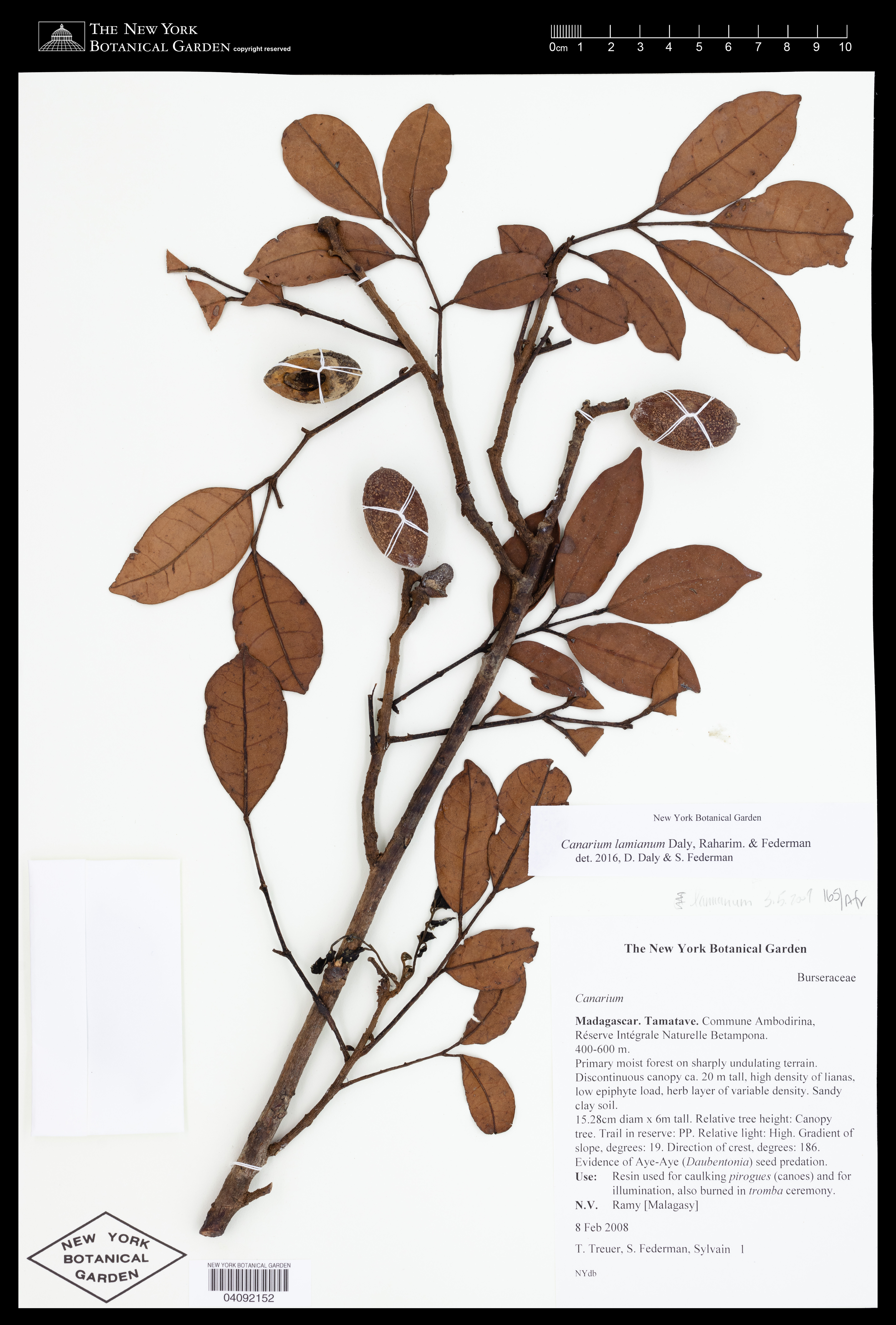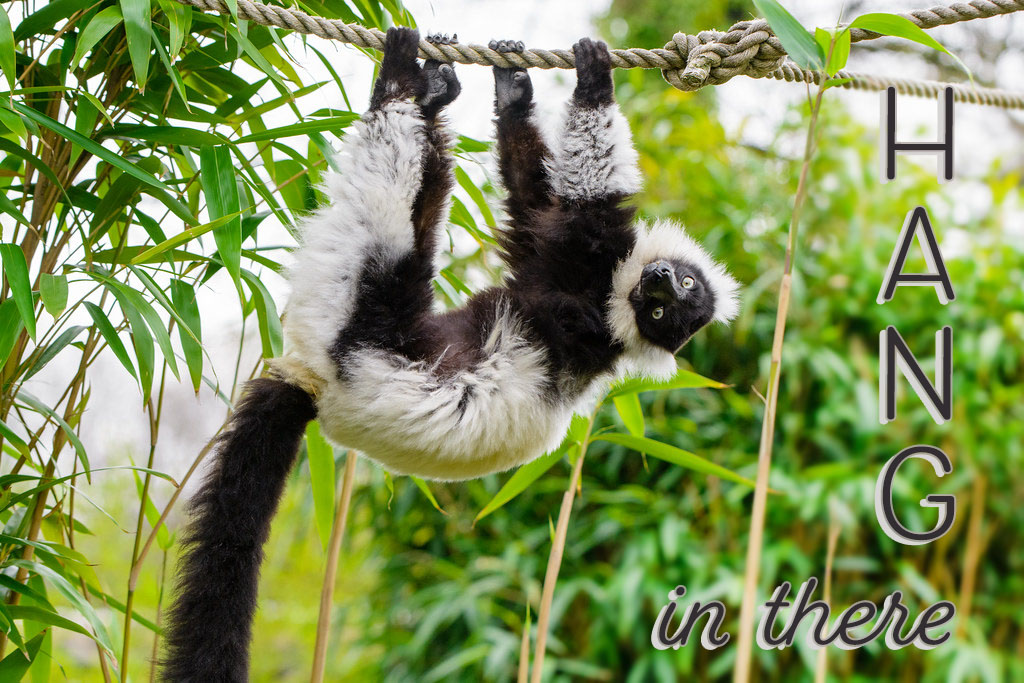By Amy Weiss
Sep 26 2019
Given the abundance of tasty fruit, it is clear that many plants rely on being eaten by animals to move their seeds around. A trip through the digestive tract allows the animal to travel some distance before the seeds get deposited with fertilizer.
Lemurs, by acting as seed dispersers, are essential to maintaining healthy and diverse forests on Madagascar. When lemurs eat Canarium (seen above and below), they tend to hold the fruit in their cheeks, using their teeth to scrape the flesh from around the seed before swallowing it whole. So, the size of the lemur’s mouth limits the size of the fruits they can eat.
In the past few thousand years, at least 17 lemur species, many of which were seed dispersers, have gone extinct. All of them were substantially larger than any surviving lemur species, leaving many large-seeded plant species without lemurs able to eat their fruit. The critically endangered lemurs Varecia variegata (black-and-white ruffed lemur) and Varecia rubra (red ruffed lemur) are now the only lemurs on Madagascar that can eat the fruits of Canarium. Their extinction could jeopardize the future of the plants that rely on these lemurs.





